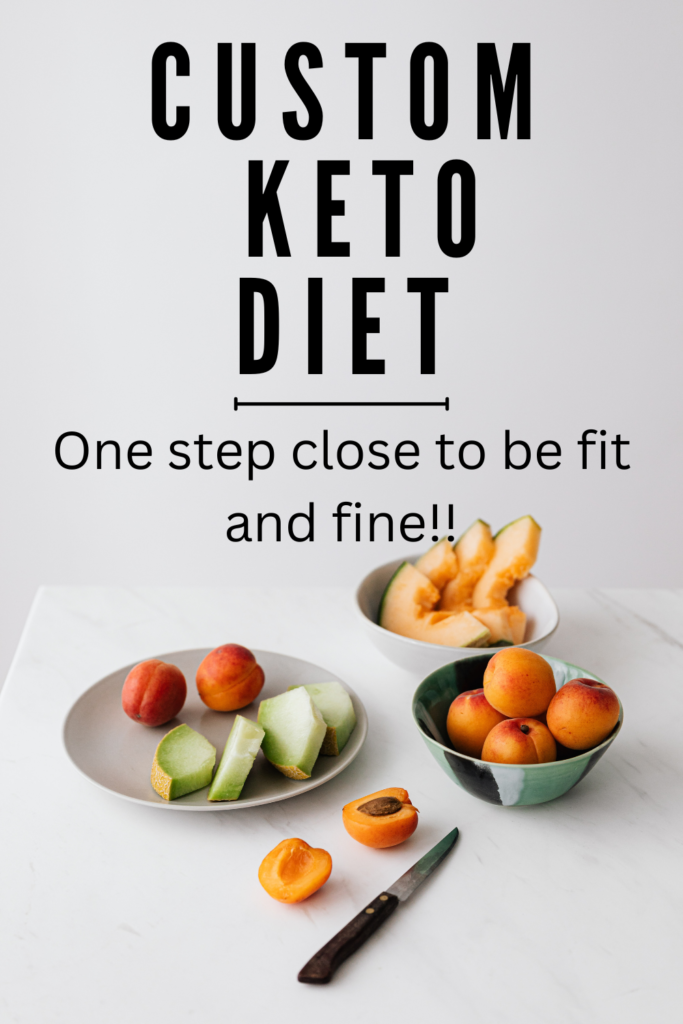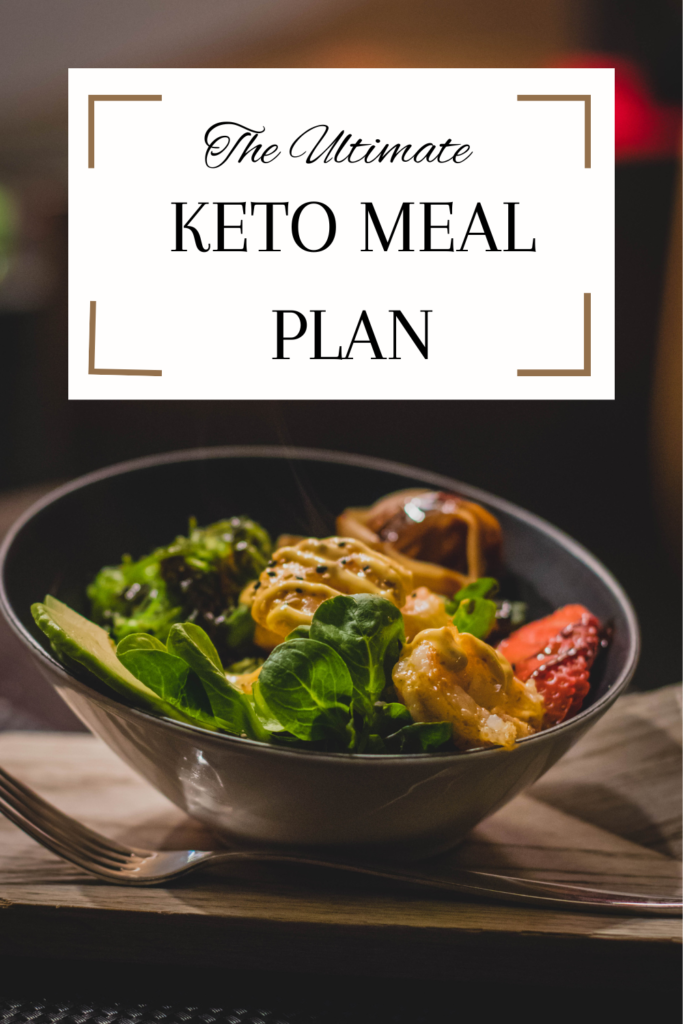
I. Introduction
How to start the keto diet? Starting the keto diet can be a transformative journey toward a healthier lifestyle. In this guide, we’ll delve into the secrets of embarking on the keto diet, offering you a comprehensive roadmap on how to start your keto journey successfully. By understanding the essential steps and principles, you’ll be equipped with the knowledge you need to make this dietary transition effective.
II. Understanding the Keto Diet
Before diving into the specifics, it’s crucial to grasp the fundamental concepts of the keto diet. This section elucidates the intricacies of the ketogenic diet, shedding light on how it operates to shift your body into a state of ketosis. Scientifically supported explanations demonstrate why the keto diet has gained traction for weight loss and improved health, setting the stage for your successful initiation.
III. Preparing for the Keto Diet
Proper preparation lays the foundation for a seamless transition into the keto diet. Ensuring your health readiness through consultations with healthcare professionals, clearing out your kitchen of non-keto foods, and constructing a well-thought-out meal plan are key steps to embracing the keto lifestyle. Adequate preparation not only streamlines the process but also enhances your chances of sticking to the diet.
IV. Macronutrient Composition
The cornerstone of the keto diet lies in its unique macronutrient composition: high fat, moderate protein, and low carbohydrates. This segment elucidates the significance of each macronutrient in the keto context, guiding you in choosing the right sources of healthy fats, proteins, and carbs. Learning to calculate and balance your daily macronutrient intake empowers you to tailor the diet to your personal goals.
V. Transitioning into Ketosis
As you embark on the keto journey, you might encounter the infamous “keto flu.” Understanding this phenomenon and managing its symptoms is crucial for a smooth transition. Gradually incorporating healthy fats while reducing carbohydrate intake facilitates the induction of ketosis without overwhelming your system. This section empowers you to navigate this phase effectively.
VI. Building Your Keto Plate
Crafting balanced meals on the keto diet involves careful consideration of portion sizes and mindful choices. This portion of the guide provides insights into constructing a well-rounded keto plate, ensuring you’re consuming the right proportions of fats, proteins, and vegetables. Sample meal ideas and recipes inspire culinary creativity, making your keto meals both enjoyable and nutritious.
VII. Staying Hydrated and Supplementing
Maintaining proper hydration and managing electrolytes are vital components of keto success. This section underscores the importance of staying hydrated while offering guidance on electrolyte balance. Additionally, recommended supplements are outlined to address potential nutrient gaps, contributing to your overall well-being throughout the diet.
VIII. Overcoming Challenges
The keto journey is not without its challenges, including cravings and navigating social situations. Understanding the psychology of cravings and employing strategies to resist temptations is vital. Moreover, tips for dining out and managing social scenarios empower you to stick to your keto regimen. Overcoming plateaus and staying motivated are also explored, ensuring you stay steadfast on your path.
IX. Tracking Progress and Adjustments
Keeping track of your progress is essential for assessing the effectiveness of your keto journey. Maintaining a food and mood journal offers insights into how your body responds to dietary changes. Regular measurements of weight, body dimensions, and energy levels allow you to make data-driven adjustments to your diet plan, maximizing your results.
X. Long-term Sustainability and Health Considerations
While the initial excitement of starting the keto diet is essential, long-term sustainability is the ultimate goal. This segment delves into the prospects of the keto diet as a lasting lifestyle choice. It examines potential health benefits and risks, enabling you to make informed decisions about the sustainability of your keto journey.
XI. Side effects and strategies for reducing them
Although the maturity of healthy individuals finds the ketogenic diet to be safe, there may be some early adverse goods while your body adjusts.
These side goods, also known as the keto flu, have some anecdotal support( 38Trusted Source). According to accounts from some eating plan actors, it typically ends after many days.
The keto flu has been associated with vomiting, diarrhea, and constipation. Below are the indications and symptoms:
- ill physical and mental health
- higher appetite
- issues with sleep
- Gastrointestinal discomfort and nausea made it difficult for me to exercise.
You can try a typical low-carb diet for the first few weeks to lessen this. Prior to completely cutting off carbohydrates, this could teach your body how to burn fat more effectively.
Since a ketogenic diet can also change your body’s mineral and water balance, it may be beneficial to add more salt to your meals or take mineral supplements. Regarding your nutritional needs, speak with your doctor.
It’s important to eat until you’re full and, at least initially, to hold off on drastic calorie reduction. Weight loss on a ketogenic diet often occurs without calorie restriction.
XII. Conclusion
In conclusion, embarking on the keto diet requires commitment, but armed with the knowledge and insights provided in this guide, you’re poised for success. Embrace the patience and consistency necessary for effective implementation, and remember that every step counts toward achieving your health and wellness goals. Your journey towards a ketogenic lifestyle is a rewarding path to self-improvement and vitality.
XIII. Additional Resources
For further information and support, this guide provides a selection of recommended resources.
Frequently asked questions
1. Can I eat carbohydrates ever again?
Yes. To start, you should decrease carbohydrate intake. You can indulge in carbs on rare occasions after the first two to three months; just get back on the diet right afterward.
2. What about muscle loss?
Any diet carries the chance of causing some muscle loss. However, if you lift weights, a high protein diet and high ketone level may aid to reduce muscle loss (50Trusted Source, 51Trusted Source).
3. Can a ketogenic diet help me gain muscle?
Yes, although it might not be as effective as a diet high in moderately processed carbs (52Trusted Source, 53Trusted Source). Read this page for additional information regarding low-carb or ketogenic diets and exercise performance.
4. How much protein should I consume?
It is recommended to have a moderate amount of protein because a too high intake can increase insulin levels and lower ketones. The top limit is probably around 35% of total calorie intake.
5. What if I am always weak, exhausted, or weary?
You couldn’t be successfully utilizing fats and ketones or totally ketotic. To counter this, cut back on your carb intake and review the points above. Supplements containing ketones or MCT oil may also be advantageous.
6. My pee has a fruity odor. Why is that so?
Be not alarmed. Simply put, this results from the excretion of waste materials produced during ketosis.





